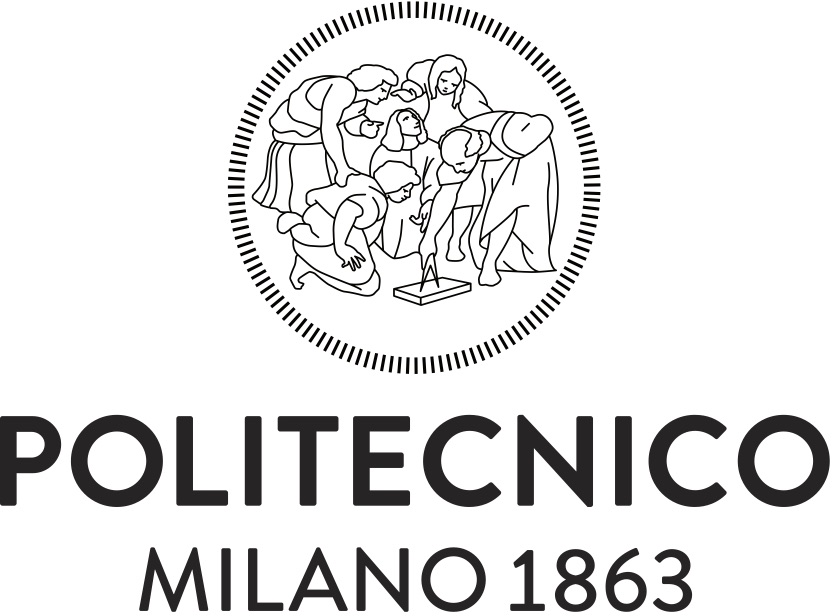Online reviews have long represented a valuable source for data analysis in the tourism field, but these data sources have been mostly studied in terms of the numerical ratings offered by the review platforms.
In a recent article (available as full open-access) and a respective blog post, we explored if social media and online review platforms can be a good source of quantitative evaluation of service quality of cultural venues, such as museums, theaters and so on. Our paper applies automatic analysis of online reviews, by comparing two different automated analysis approaches to evaluate which of the two is more adequate for assessing the quality dimensions. The analysis covers user-generated reviews over the top 100 Italian museums.
Specifically, we compare two approaches:
- a ‘top-down’ approach that is based on a supervised classification based upon strategic choices defined by policy makers’ guidelines at the national level;
- a ‘bottom-up’ approach that is based on an unsupervised topic model of the online words of reviewers.
The misalignment of the results of the ‘top-down’ strategic studies and ‘bottom-up’ data-driven approaches highlights how data science can offer an important contribution to decision making in cultural tourism. Both the analysis approaches have been applied to the same dataset of 14,250 Italian reviews.
We identified five quality dimensions that follow the ‘top-down’ perspective: Ticketing and Welcoming, Space, Comfort, Activities, and Communication. Each of these dimensions has been considered as a class in a classification problem over user reviews. The top down approach allowed us to tag each review as descriptive of one of those 5 dimensions. Classification has been implemented both as a machine learning classification problem (using BERT, accuracy 88%) and as and keyword-based tagging (accuracy 80%).
The ‘bottom-up’ approach has been implemented through an unsupervised topic modelling approach, namely LDA (Latent Dirichlet Allocation), implemented and tuned over a range up to 30 topics. The best ‘bottom-up’ model we selected identifies 13 latent dimensions in review texts. We further integrated them in 3 main topics: Museum Cultural Heritage, Personal Experience and Museum Services.
The ‘top-down’ approach (based on a set of keywords defined from the standards issued by the policy maker) resulted in 63% of online reviews that did not fit into any of the predefined quality dimension.

The ‘bottom-up’ data-driven approach overcomes this limitation by searching for the aspects of interest using reviewers’ own words. Indeed, usually museum reviews discuss more about a museum’s cultural heritage aspects (46% average probability) and personal experiences (31% average probability) than the services offered by the museum (23% average probability).

Among the various quantitative findings of the study, I think the most important point is that the aspects considered as quality dimensions by the decision maker can be highly different from those aspects perceived as quality dimensions by museum visitors.
You can find out more about this analysis by reading the full article published online as open-access, or this longer blog post . The full reference to the paper is:
Agostino, D.; Brambilla, M.; Pavanetto, S.; Riva, P. The Contribution of Online Reviews for Quality Evaluation of Cultural Tourism Offers: The Experience of Italian Museums. Sustainability 2021, 13, 13340. https://doi.org/10.3390/su132313340

